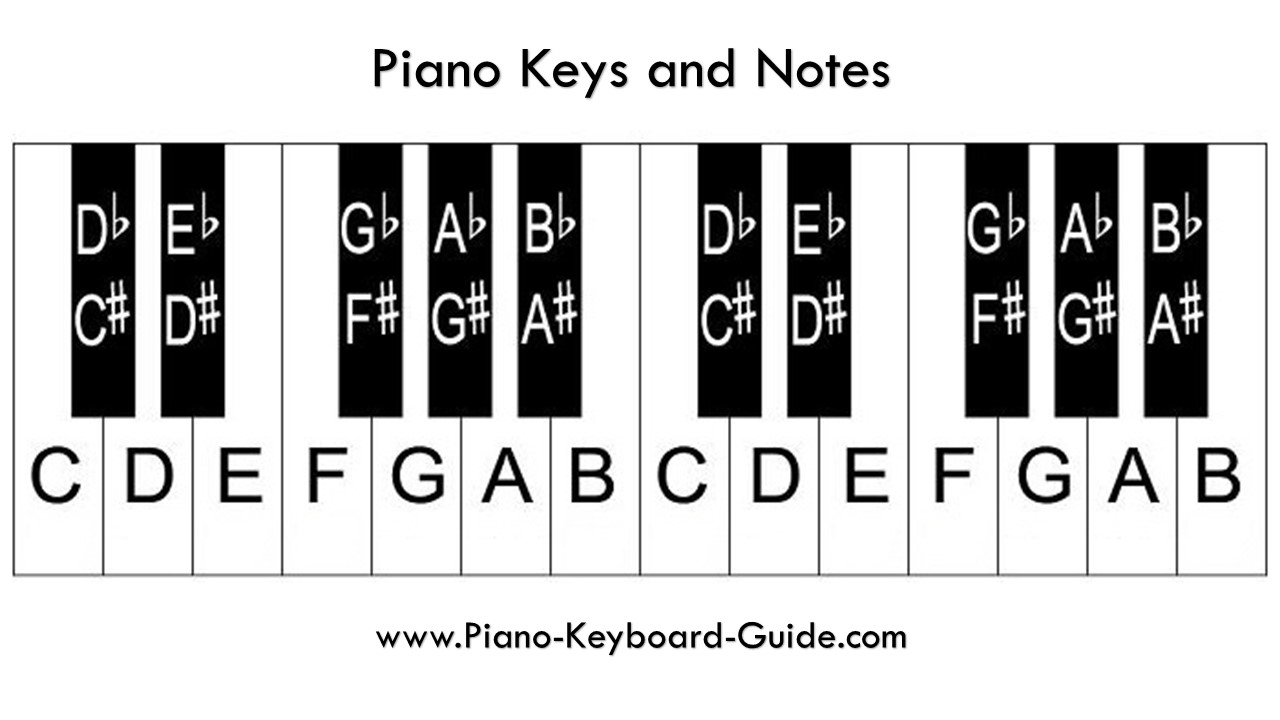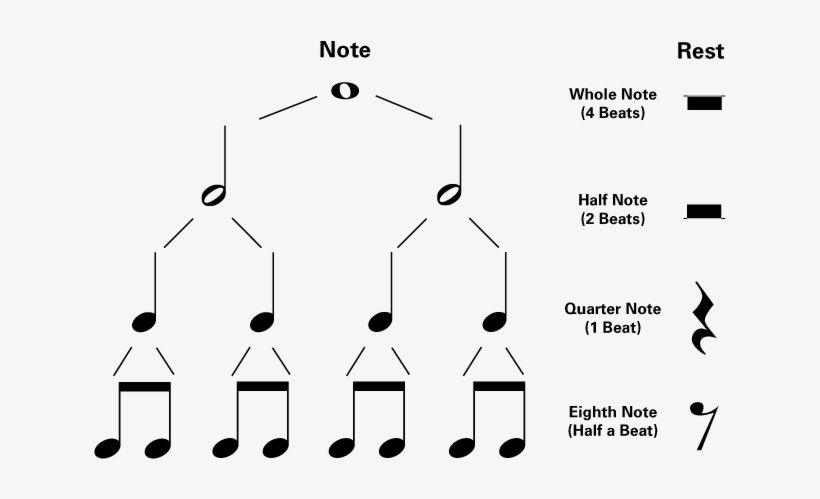I have not played around with PLAY (how odd of me!) but reading through this sudden burst of interest both in Play and Draw too has me asking what are the complete requirements to play one note:
1. an octave O
2. a letter A-G, 7 notes of scale an Octave from first note is the 8th
3. a sharp# or flat- BTW these are called half steps the C scale has no sharps of flats but certain intervals in scale only C D E F G A B C. On piano there are no Black keys between some notes, the C scale is all White keys. So there is no sharp or flat between some notes. Time to Google and remind myself which...

Ah! between EF and BC there are no sharps or flats so E# might Play F or F flat might Play as E and likewise in BC half step relations.
4. the length of note, I think we've determined as the number on the end
I think that is complete total of things you need to convert a piece of sheet music to a Play command note by note.
Am I missing anything? Sure Play has other commands but I think these 4 are essential base from which you can convert anything from sheet music without chords = multiple notes played at one time.
OK you have to know a few other things about sheet music like a whole note, half note quarter eighth, and keys which requires up to 4 flats or sharps for a note position on the staff, the 5 lines across. If the key has a flat at the staff position (or the octaves of that position) then you Play a flat for the note instead of just the note. There is also tempo usually 4 / 4 time 1 quarter (a line no flag) note is one beat, a whole note (empty oval) takes whole measure half note (filled oval) well a picture is worth...

Update: I forgot rests, silence sections in music as important as the notes! like empty space or atmosphere in drawings.
How does Play do rests? Still more to research...
So my first experiment with Play would take something like "Mary Had A Little Lamb" and see if I could get it coded for Play to play it.
Ah I am leaving out:
5. volume level
6. slurs or staccato crescendo increase in volume and it's opposite decrescendo these are long < and > over the notes.
These are set along the way across the notes, slurs have arcs drawn over the notes blending the transitions from one to next, staccato have little ^ over notes to make them emphasized and slightly shorter than regular ie you stab the keys on piano compare to slur where next key is pressed before last key is released or nearly that. Slur rhymes with blur and the same between sound and sight.
So that's my quick lesson on converting sheet music to Play commands without trying it in QB64 yet!
1. an octave O
2. a letter A-G, 7 notes of scale an Octave from first note is the 8th
3. a sharp# or flat- BTW these are called half steps the C scale has no sharps of flats but certain intervals in scale only C D E F G A B C. On piano there are no Black keys between some notes, the C scale is all White keys. So there is no sharp or flat between some notes. Time to Google and remind myself which...
Ah! between EF and BC there are no sharps or flats so E# might Play F or F flat might Play as E and likewise in BC half step relations.
4. the length of note, I think we've determined as the number on the end
I think that is complete total of things you need to convert a piece of sheet music to a Play command note by note.
Am I missing anything? Sure Play has other commands but I think these 4 are essential base from which you can convert anything from sheet music without chords = multiple notes played at one time.
OK you have to know a few other things about sheet music like a whole note, half note quarter eighth, and keys which requires up to 4 flats or sharps for a note position on the staff, the 5 lines across. If the key has a flat at the staff position (or the octaves of that position) then you Play a flat for the note instead of just the note. There is also tempo usually 4 / 4 time 1 quarter (a line no flag) note is one beat, a whole note (empty oval) takes whole measure half note (filled oval) well a picture is worth...
Update: I forgot rests, silence sections in music as important as the notes! like empty space or atmosphere in drawings.
How does Play do rests? Still more to research...
So my first experiment with Play would take something like "Mary Had A Little Lamb" and see if I could get it coded for Play to play it.
Ah I am leaving out:
5. volume level
6. slurs or staccato crescendo increase in volume and it's opposite decrescendo these are long < and > over the notes.
These are set along the way across the notes, slurs have arcs drawn over the notes blending the transitions from one to next, staccato have little ^ over notes to make them emphasized and slightly shorter than regular ie you stab the keys on piano compare to slur where next key is pressed before last key is released or nearly that. Slur rhymes with blur and the same between sound and sight.
So that's my quick lesson on converting sheet music to Play commands without trying it in QB64 yet!
b = b + ...





